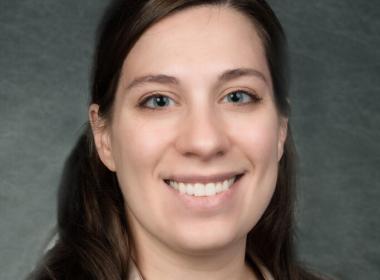Gastroenteritis and Dehydration Clinical Pathway Acute gastroenteritis in children is most commonly caused by viral pathogens, accounting for 1.7 million Emergency Department visits and 200,000 hospitalizations annually. Complications of gastroenteritis, include dehydration and/or electrolyte abnormalities and acid base
Hyperbilirubinemia in the Neonate Clinical Pathway Neonatal jaundice is a common diagnosis in pediatrics. In 2004 the AAP released guidelines for care of infants >/= 35 weeks gestation with hyperbilirubinemia in order to avoid severe hyperbilirubinemia and bilirubin encephalopathy. This Clinical Practice Guideline was updated in
Newborn Management of Prenatally Diagnosed Tetralogy of Fallot and Risk of Ductal Dependency Clinical Pathway The diagnosis of Tetralogy of Fallot carries a wide range of treatment possibilities based on the detailed cardiac anatomy. Neonates that are ductal dependent for adequate pulmonary blood flow can be at high risk for severe hypoxemia after delivery if not immediately recognized
Venous Thromboembolism (VTE) Prevention Clinical Pathway Hospital acquired (HA) venous thromboembolism (VTE) is the second largest contributor to patient harm across the SPS (Solution for Patient Safety) network. HA VTE in high-risk patients may be preventable when using appropriate interventions, which include mechanical prophylaxis
Sickle Cell: Management of Acute Pain Crisis Clinical Pathway Sickle Cell Disease (SCD) is the most common genetic disease in the United States. It is caused by a mutation in the hemoglobin beta chain in which glutamic acid is substituted with valine. The Centers for Disease Control and Prevention (2019) estimates that over 100,000
Somatic Symptom and Related Disorders (SSRD) Clinical Pathway Somatic Symptom and Related Disorders (SSRD) is a clinical presentation where symptoms or impairment cannot be fully explained by an identifiable disease process given the current medical evidence. This pathway seeks to evaluate and ultimately explain to patients and their
Neural Tube Defect (Myelomeningocele) Postnatal Management Open neural tube defects result from a failure of primary neurulation, leading to abnormal development of the spinal cord at and below the level of the defect. Secondary injury can occur from mechanical and chemical trauma, as well as infection. Defects that are open at birth
Article
Mask Up! Tips to Make Kids More Comfortable With Masks, Broken Down by Age By Kathryn Robbins: Masks are one of the best ways to prevent the spread of coronavirus . But even if your child knows they’re supposed to wear a mask out in public, it can take some practice – and positive reinforcement – to get them in the habit. Child Life specialist Kathryn Robbins, MS, CCLS

Fellowships Fellows in the University of Connecticut School of Medicine's ACGME-accredited pediatric fellowship programs receive their training primarily at Connecticut Children's main campus in Hartford, Connecticut. Connecticut Children’s is Connecticut's only health system dedicated to
Urinary Tract Infection Clinical Pathway Urinary tract infection (UTI) is one of the most common causes of SBI (serious bacterial infection) in children aged 2-24 months, and a common reason for inpatient admission. The goal of this pathway is early treatment to help with elimination of infection and prevention of
Fever and Sepsis Evaluation in the Neonate (0-28 days) Clinical Pathway Neonates presenting with fever are at high risk of having and/or developing a serious bacterial infection. In addition, neonates can present with extensive HSV disease. Early identification and management is critical for improved outcomes. The AAP released a new clinical practice
Acute Management of Migraine and Migraine-Like Headache Clinical Pathway Migraine headaches are a common reason patients present to the emergency department. Migraines have a considerable adverse impact on quality of life, and afflicted children may be seek emergent relief. Currently, there is a range of practices used by emergency medicine providers
Rhabdomyolysis Clinical Pathway Rhabdomyolysis is a syndrome characterized by the breakdown of skeletal muscle leading to the release of intracellular muscle constituents. The most common etiologies in children are viral illnesses, exercise, and trauma. Muscle pain and muscle weakness are the most common